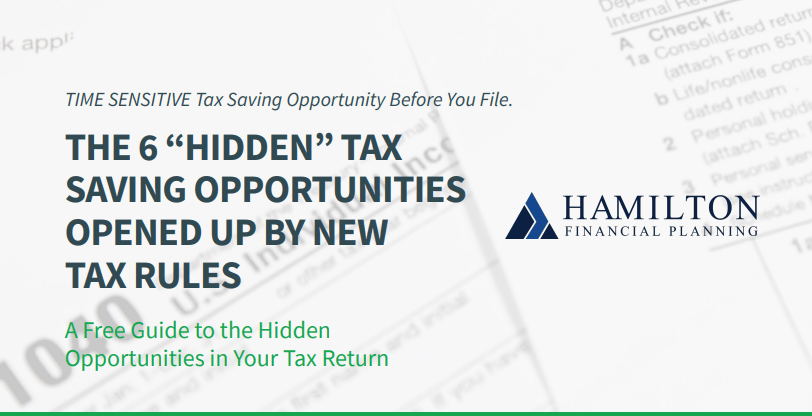What Can You Buy With 529 Distributions?
The biggest challenge for students and parents when planning for education are the financial costs; including tuition and academic expenses. It’s not just for college anymore – added to the tuition eligibility are K-12, private and religious schools. Funds can be used for four and two-year colleges, trade schools, graduate programs, and some international institutions.
Section 529 of the IRS Tax Code authorized these tax advantage savings to plan to help with the costs of education. 529 distributions are subject to guidelines for financial aid eligibility, state and learning institution limitations.
Good news, distributions are not taxed at the federal level, but you do need to understand the rules for qualifying expenses. You are required to report all 529 spendings to the IRS – so it’s important to keep good records and separate qualified and nonqualified receipts.
Table of Contents
Here’s a list of 529 distributions qualified educational expenses:
Educational Planning
Education at all levels is important, and planning is essential for achieving this challenge successfully. To take advantage of the 529 distribution, you need to submit your request for the cash during the same calendar year. If you inadvertently request cash during the academic year, you may owe taxes as a nonqualified withdrawal.
- College or graduate tuition and fees. Post-secondary (after high school) are eligible to participate in the federal student aid program administered by the U.S Department of Education and qualify for use of 529 funds.
- Vocational and trade school tuition and fees. Culinary students can draw from the 529 accounts to pay expenses related to culinary institute courses. The institution must participate in the U.S Department of Education for federal student aid.
- K-12 schools, public, private, and religious institutions can now use 529 plan distributions up to 10,000 dollars per student for tuition.

Lifestyles and Supplies
Sit down with family members and the future student to create a withdrawal plan that works for the student’s needs, the school’s curriculum, and the program’s eligibility. It helps everyone to understand how best to use the 529 distributions while establishing a manageable budget for qualified and non-qualified purchases.
- Campus housing can be paid through 529 distributions including college room and board fees. Off-campus housing rentals qualify up the same cost of the room and board on campus
- Books and supplies include paper, pens, textbooks required by the specific course ae qualified expenses. Schools set the budget limit for books and supplies. You need to check with the school of attendance for the allowable amount each academic year.
- Special needs equipment and services qualify for 529 distribution. Students using equipment for mobility (wheelchairs) may be eligible for 529 distribution purchases. Depending on the circumstances transportation may also apply.
Welcoming Technology
The advent of technology has introduced changes to learning methods and academic practices. Computers and some electronics have been added to the list of qualified education expenses as part of the 529 distributions. They must be required as part of the students’ study programs. Students need to check with the school about class or course prerequisites that include computers.
- Computers must be used primarily by the student during any of the years the student is enrolled at the eligible educational institution.
- The software may qualify as a 529 distribution expense. For example, technical engineering or design classes may involve computerized assignments.
- Internet services can be paid using 529 funds.
Check with the school; there may be specialized expenses as students enter college as a freshman. The same applies as they complete the final years of study, preparing to enter the career world.
Keep in mind, each state and school may have different restrictions on using 529 funds. If you are unsure about anything, check with your financial advisor or plan provider. They can help develop the best strategy for 529 withdrawals. Withdrawals for other reasons other than education could impose a ten percent penalty.
Get The Insurance Coverage You Need
If you are still unsure as to whether or not you need an umbrella policy, our team at Hamilton Financial Planning can help! Schedule a complimentary get-acquainted meeting online or reach out to us at 512-261-0808 or scott@hamiltonfinancialplanning.com.
About Scott
Scott Hamilton is the founder and chief financial officer at Hamilton Financial Planning, a wealth management firm that specializes in providing comprehensive financial planning for retirees in Dallas, Houston, and Austin, Texas. With over 20 years of experience in the financial industry, and has completed over 250 financial plans for retirees across all industries, but mostly the oil and gas industry, Scott is passionate about providing his clients with the tools and insight they need to achieve their financial goals.
He has a Bachelor of Business Administration in finance from Texas State University and an MBA in international finance from Pepperdine University. Scott has also been happily married to his wife, Gayle, for over 25 years. To learn more about Scott, connect with him on LinkedIn.

